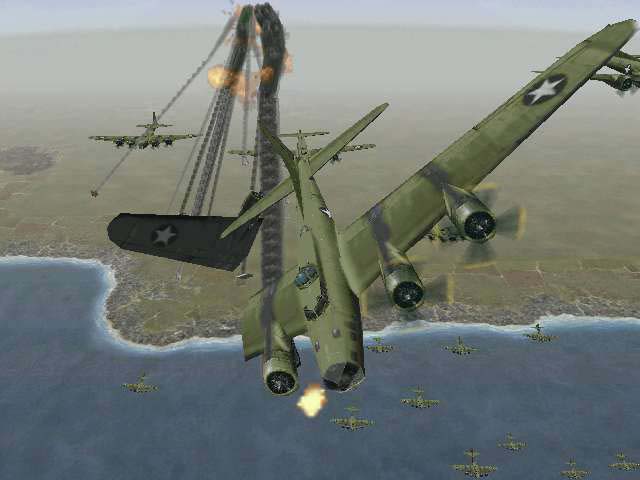
Defended by only four machine guns, the nose of the B-17-and more importantly the cockpit-was vulnerable to a head-on attack. In November 1942, German fighter ace Egon Mayer found the weakest place on a B-17-directly in the front of the aircraft. The B-17’s firepower, combined with that of other aircraft in the formation, would be plenty to protect bombers from enemy attacks. It was famous for bringing crews home, even when three of its four engines failed. The plane carried 10 crewmen, and sported 13 50-caliber guns for self-defense. The American theory on daylight bombing lay in the aircraft the crewmen flew: the rugged Boeing B-17 “Flying Fortress,” the main heavy bomber of the Eighth Air Force. John Keema of the 390th Bomb Group said, “No matter the target they were defending, they were balls to the wall. Many had dozens of aerial victories some had over 100. Some of the German pilots had been flying in combat since 1936. The pilots flying the ME-109s and FW-190s were professionals-the best in the world. In 1943, the Luftwaffe was at peak strength against American bombers.

The other more feared threat was the German Luftwaffe. Some targets were more heavily defended by flak batteries than others, but flak was an accepted part of the job at hand, no matter how deadly. German anti-aircraft fire, or flak, was one of those deadly threats. In order to accomplish it, thousands of American airmen had to face the constant threat of death daily. The United States Eighth Air Force deployed to England with a daunting mission: destroy Germany’s ability to wage war, and gain command of the European skies to pave the way for an Allied land invasion.


 0 kommentar(er)
0 kommentar(er)
